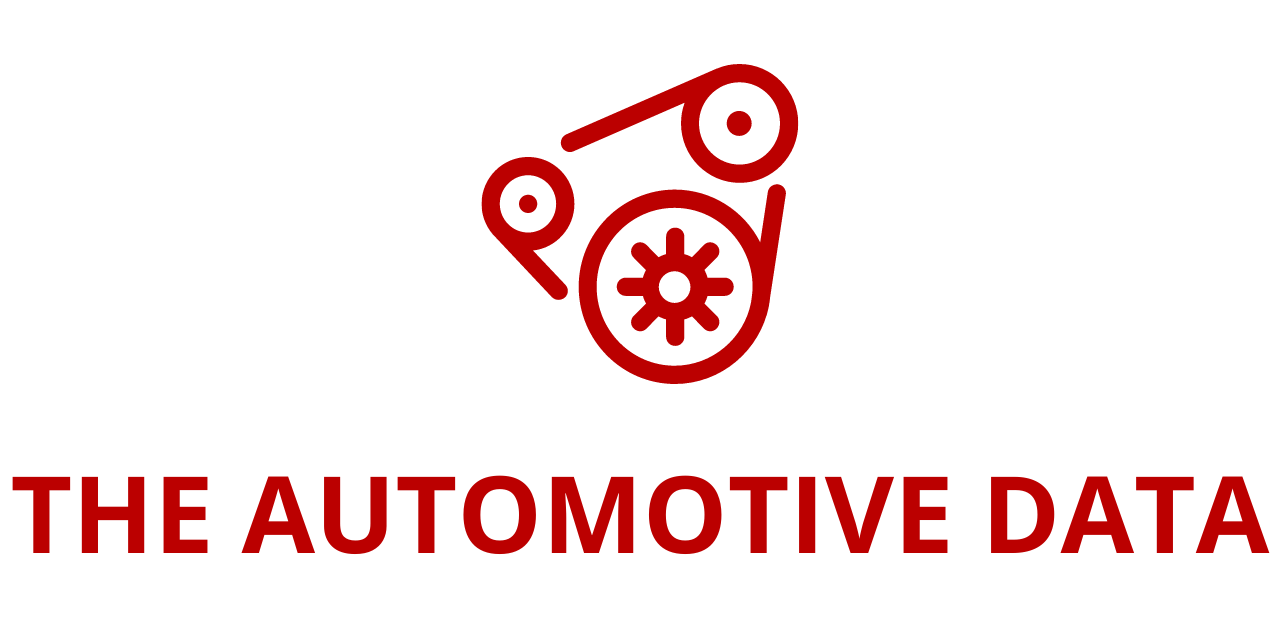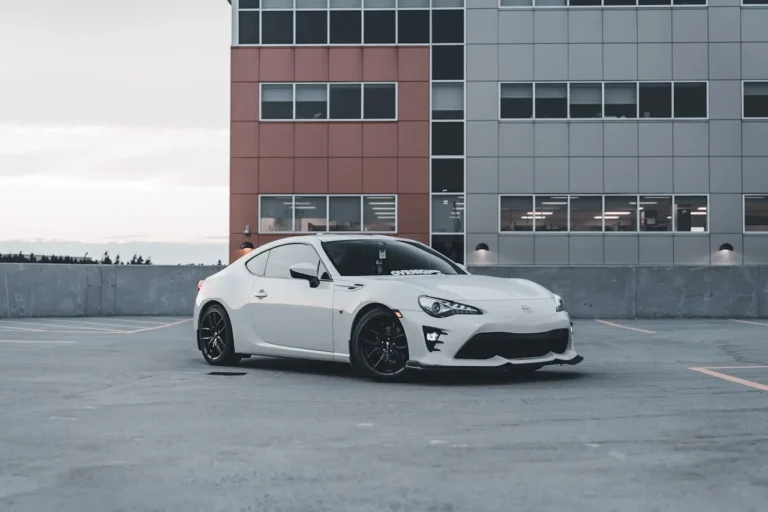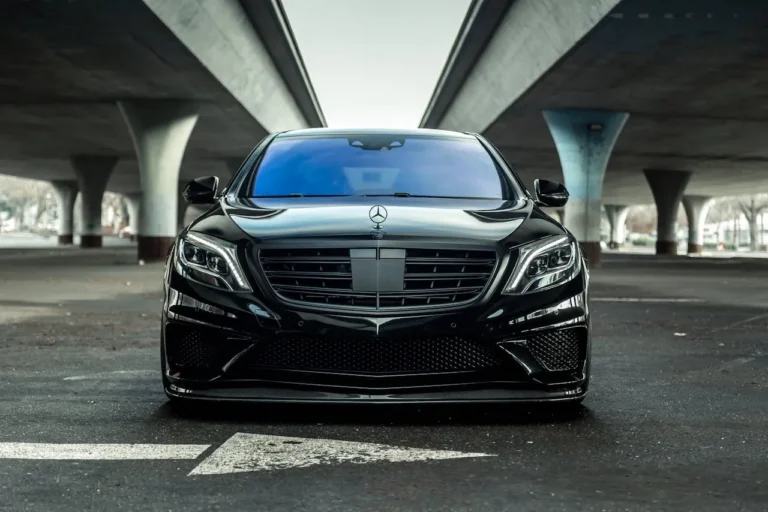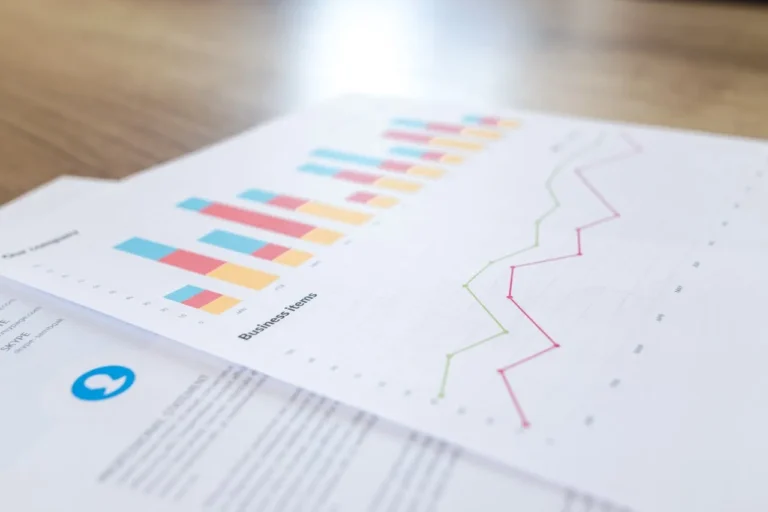
North America Automotive Paint Market Outlook 2025–2033: Trends, Growth Drivers, Regional Insights, and Key Players
The “North America Automotive Paint Market Size and Growth Trends – Company Analysis and Forecast Report 2025–2033” has been released by ResearchAndMarkets.com, providing a comprehensive outlook on one of the most dynamic segments of the automotive industry.
According to the report, the North America automotive paint market is projected to grow from US$ 3.91 billion in 2024 to US$ 5.57 billion by 2033, representing a compound annual growth rate (CAGR) of 4.0% between 2025 and 2033. The expansion is being fueled by a blend of factors such as rising vehicle production, increasing consumer demand for customization, advances in paint technology, the growing adoption of electric vehicles (EVs), and stricter environmental regulations across the region.
Growth Drivers for the North America Automotive Paint Market
1. Rising Vehicle Production and Ownership
The steady growth in vehicle production and ownership across the United States, Canada, and Mexico is a cornerstone driver for the automotive paint market. Automakers are scaling up manufacturing to meet both domestic and export demand, creating a direct rise in demand for OEM automotive paints.
Beyond initial production, the aftermarket paint segment is thriving as well, with demand for refinishing driven by regular maintenance, repairs, accident restorations, and consumer-driven upgrades. This creates opportunities for paint suppliers to innovate with coatings that not only deliver durability but also enhance sustainability by meeting stricter environmental standards.
The expanding car parc (vehicles in operation) across North America further increases opportunities for companies producing long-lasting, high-performance coatings. With millions of vehicles requiring repainting or refinishing each year, both OEM and aftermarket suppliers are benefiting from this sustained demand.
2. Rising Consumer Demand for Customization
The automotive paint industry is also being reshaped by consumer preferences for personalized vehicles. Modern buyers—particularly younger generations and car enthusiasts—are increasingly treating their vehicles as an extension of personal identity. This has translated into demand for custom finishes, ranging from bold metallics and pearlescents to matte and color-shifting paints.
Manufacturers and aftermarket suppliers are responding by expanding their portfolios to include a wider variety of color palettes, textures, and special-effect coatings. Paint companies are also investing in R&D to create formulations that meet regulatory requirements while delivering vibrant, durable, and eco-friendly finishes.
This trend is expected to sustain strong growth across both OEM and aftermarket channels as personalization continues to be a defining feature of vehicle ownership in North America.
3. Strategic Investments by Industry Leaders
Strategic investments are playing a pivotal role in strengthening the North American automotive paint supply chain. A standout example is PPG Industries, which has committed $300 million over four years to expand its presence. This includes the construction of a new 250,000-square-foot facility in Loudon County, Tennessee, marking its first new U.S. plant in more than 15 years.
Slated for completion in 2026, the facility is expected to produce over 11 million gallons of paints and coatings annually. Beyond capacity expansion, PPG is modernizing its existing plants in Cleveland, Ohio, and San Juan Del Rio, Mexico, integrating advanced machinery and sustainable production techniques to support rising demand for waterborne and low-VOC coatings.
Such investments demonstrate how leading firms are positioning themselves to meet demand from automakers, while also aligning with sustainability and efficiency goals.
Challenges Facing the North America Automotive Paint Market
1. Stringent Environmental Regulations
The automotive paint market faces challenges from tough environmental regulations enforced by agencies such as the U.S. Environmental Protection Agency (EPA). Paints and coatings have historically relied on solvent-based solutions that release high levels of volatile organic compounds (VOCs), which are harmful to air quality and human health.
To comply, manufacturers are transitioning toward eco-friendly alternatives such as powder coatings and waterborne formulations. While these solutions align with environmental goals, they also demand significant investments in R&D and re-engineering production processes, which can increase operational costs.
For smaller companies, these transitions present financial and technological barriers, creating a competitive disadvantage compared to large multinational players with greater resources.
2. Rising Competition and Market Saturation
The North American automotive paint sector is highly competitive, with numerous global and domestic companies vying for share. The presence of multiple suppliers increases pricing pressures, squeezing margins and forcing companies to differentiate through innovation, performance, and service excellence.
To stay competitive, manufacturers are focusing on:
- Advanced coatings with self-healing or scratch-resistant properties.
- Eco-friendly and low-emission formulations to meet sustainability demands.
- Strategic partnerships with OEMs and afterservice providers.
- Strong brand recognition and customer support programs.
This competitive intensity means companies must continually invest in innovation and partnerships to maintain relevance and profitability.
Regional Insights
United States Automotive Paint Market
The U.S. is the largest within North America, driven by high vehicle production volumes, strong aftermarket demand, and robust consumer interest in customization. Environmental regulations in the U.S. have accelerated the adoption of powder and aqueous coatings, while technological advancements are enabling more durable, attractive, and eco-friendly finishes.
The competitive environment is intense, with global giants and local firms competing to capture both OEM contracts and the vast aftermarket segment. Innovation and compliance with U.S. regulatory frameworks remain critical for success.
Canada Automotive Paint Market
Canada’s automotive paint industry is supported by both OEM manufacturing facilities and aftermarket refinishing demand. Growth is being fueled by rising vehicle ownership and production, combined with consumer interest in customization.
Tightened environmental regulations in Canada are accelerating the adoption of low-VOC coatings. In addition, technological innovations such as nano-coatings and multi-layer protective systems are being introduced to meet consumer expectations for longevity and aesthetic appeal.
However, challenges such as fluctuating raw material prices and the need for continuous R&D investment remain significant factors shaping the Canadian market landscape.
Mexico Automotive Paint Market
Mexico is a critical hub for North American automotive production, ranking as the seventh-largest passenger car producer globally. This manufacturing strength drives robust demand for OEM automotive paints, while the growing car parc is stimulating aftermarket refinishing needs.
The country is experiencing a shift toward eco-friendly coatings, in line with global sustainability goals and local regulatory changes. Advances such as nano-coatings and multi-layer systems are also enhancing the durability and aesthetic quality of vehicle finishes.
Despite challenges such as raw material cost volatility and stiff competition, Mexico’s automotive paint market is expected to grow strongly, especially with the rising production of electric vehicles and lightweight automotive parts.
Key Players in the North America Automotive Paint Market
The report highlights several major companies shaping the market landscape through innovation, strategic investments, and global reach. Key players include:
- Nissan Motor Company
- PPG Industries
- DuPont de Nemours Inc.
- Akzo Nobel N.V.
- Axalta Coating Systems Ltd.
- The Sherwin-Williams Company
- Cabot Corporation
- Volkswagen AG
These companies are engaged in initiatives ranging from new plant development and modernization projects to R&D investments in eco-friendly and advanced coating solutions. Their strategies underscore the importance of sustainability, product performance, and partnerships with OEMs and aftermarket providers.






